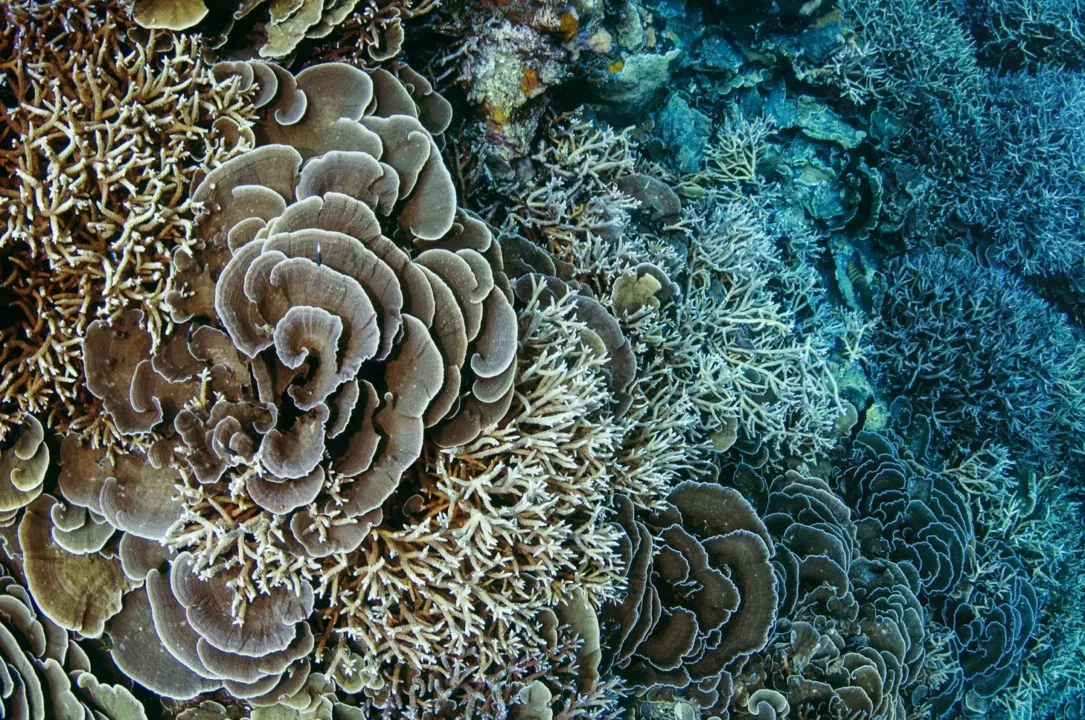Under TIC, technology providers are invited to submit a proposal to undertake a proof-of-concept/pilot of a high-level technology solution to address an identified development challenge. Selected proposals can receive a grant of up to US$500,000.
The purpose of the TIC grant is to introduce new solutions in ADB’s developing member countries (DMCs) and thereby support ADB’s mandate in assisting DMC’s to reach the Sustainable Development Goals. Through TIC, DMCs will learn about new technology solutions to address various development challenges, and technology providers’ risks related to market entry may be reduced by showcasing their technologies.
The proposed technology or solution has to be new to the country or to the context with improved efficiency, impact, and/or life-cycle cost compared to existing solutions. However, the technology should have been tested and verified before in another country or context.
The Healthy Oceans Technology Innovation Challenge (TIC) is calling for technology providers to submit the expression of interest (EOI) – by Friday, 27 November 2020 at 12 PM noon PST (UTC +8)– to propose and conduct a pilot on high-level technology solution addressing one of the two development challenges below:
- Prevent Plastic Waste
- Restore and Protect Coral Reefs
The Healthy Oceans TIC is seeking pilot technologies that can help restore and/or protect coral reefs. These technologies are envisioned to increase the resilience of coastal areas by sustaining the livelihoods of coastal populations and by protecting the coasts from natural hazards.
Below are some technologies being developed to help restore and/or protect coral reefs. The challenge is not limited to these types of technologies. The examples are merely provided to show the great variety of solutions that might be proposed under this challenge:
- Technologies for seeding reefs with corals that are more resilient to heat to help coral reefs to evolve and adapt to the changing environment.
- Technologies to physically stabilize damaged reefs, after cyclone and bleaching events, to facilitate faster recovery.
- Technologies to create artificial coral reefs, such as biorock, 3D printing, or any other technology or material.
- Technologies for coral larval restoration.
- Technologies to protect coral reefs from heatwaves to prevent bleaching.
- Technologies to monitor, protect, and/or replant corals reefs.
Learn more and submit your ideas here.

